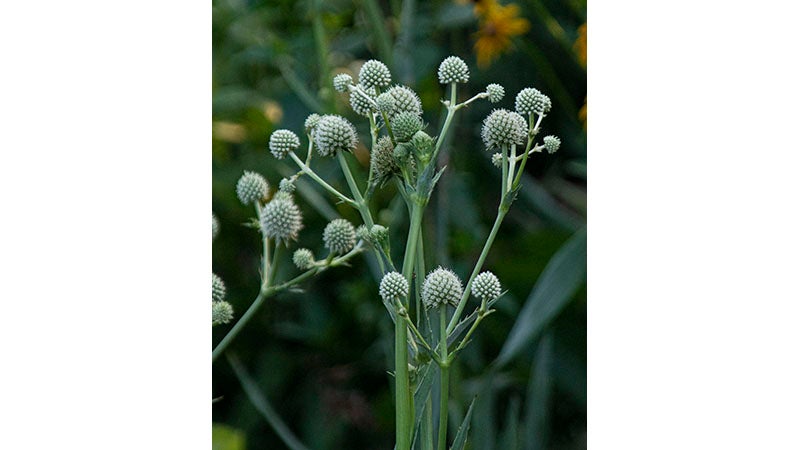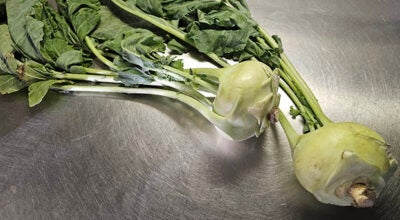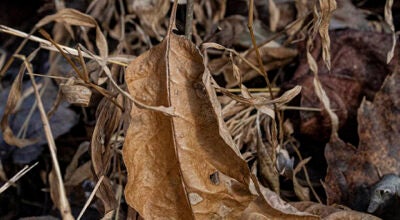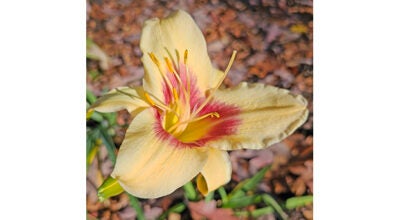How to survive hot, dry summers in the garden
Published 6:00 am Friday, July 31, 2020

- Rattlesnake master has hard angular lines and a silvery color that contrasts nicely with monarda and Rudbeckia.
|
Getting your Trinity Audio player ready...
|
July was brutally hot and dry.
We had day after day of temperatures over 90 degrees with high humidity and no rain. Even though I watered regularly, my garden was a disaster. The grass was crispy, and many of the shrubs that were planted more than 20 years ago looked terrible. Some of the azaleas died, the hellebores were flat on the ground, and many of the new natives didn’t look great. I began to get seriously worried that nothing would survive.
The weather next year probably isn’t going to be any better, but there are some things that we gardeners can do to be prepared for the July apocalypse. First, and perhaps most important, rethink what you plant. Avoid plants that require huge amounts of water to survive our hot summers. As much as I love them, I’ve given up on impatiens and switched to lantana. It’s a great filler for perennial beds, blooms happily until frost, and can withstand our summer weather.
There are also some native plants that perform well in perennial borders. One of the best is rattlesnake master (Eryngium yuccifolium), a plant that looks as if it would be quite at home in the southwestern desert. It has stiff, prickly, silver green foliage and is crowned with flowerheads that look like small, white orbs or thistles. Interplant it with black-eyed Susans or a bee balm, such as Monarda fistulosa ‘Claire Grace,’ and you’ll have great color and mix of textures. Just as important, if planted close together, these tall plants will support each other. And remember to resist the urge to water the rattlesnake master.
Native grasses are also low maintenance choices. They add texture, color, and movement to the garden. Two of my favorites are little bluestem ‘Standing Ovation,’ (Schizachryrium scoparium) and splitbeard bluestem (Andropogon ternarius). Once established, these grasses won’t need watering, just an annual spring shearing.
In addition to selecting drought and heat-tolerant plants, it’s important to add a 2- to 3-inch layer of mulch to garden beds. It will suppress weeds and help retain moisture. If you put down soaker hoses before mulching, you can avoid having to water by hand. And remember, when you do water, it’s better to do a long, deep watering than a quick shallow one, which will encourage roots to grow closer to the surface where there isn’t any moisture.
And if all else fails, have a prickly pear margarita and dream of spring.
DR. CYNTHIA WOOD is a master gardener. Her email address is cynthia. crewe23930@gmail.com.





